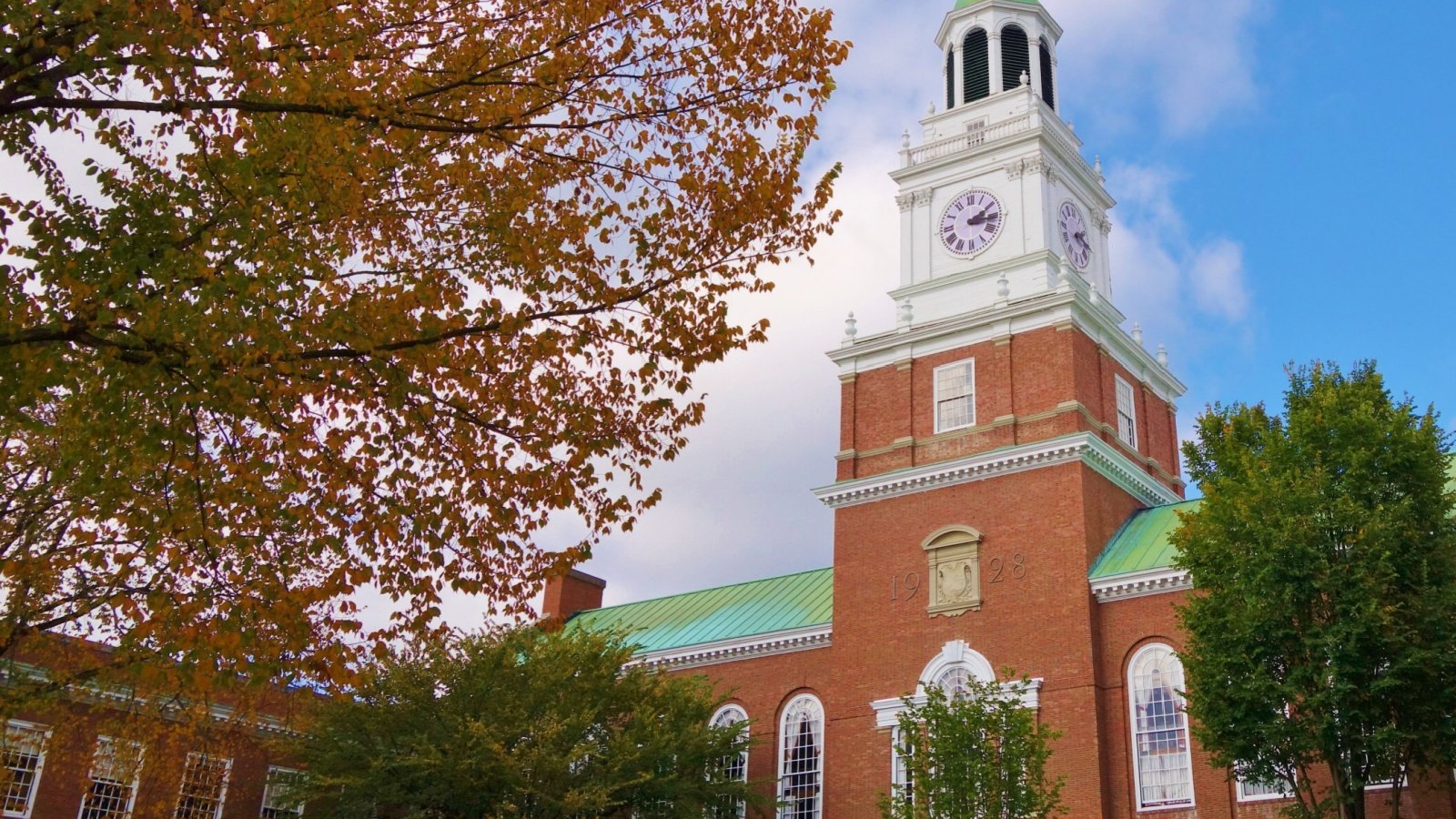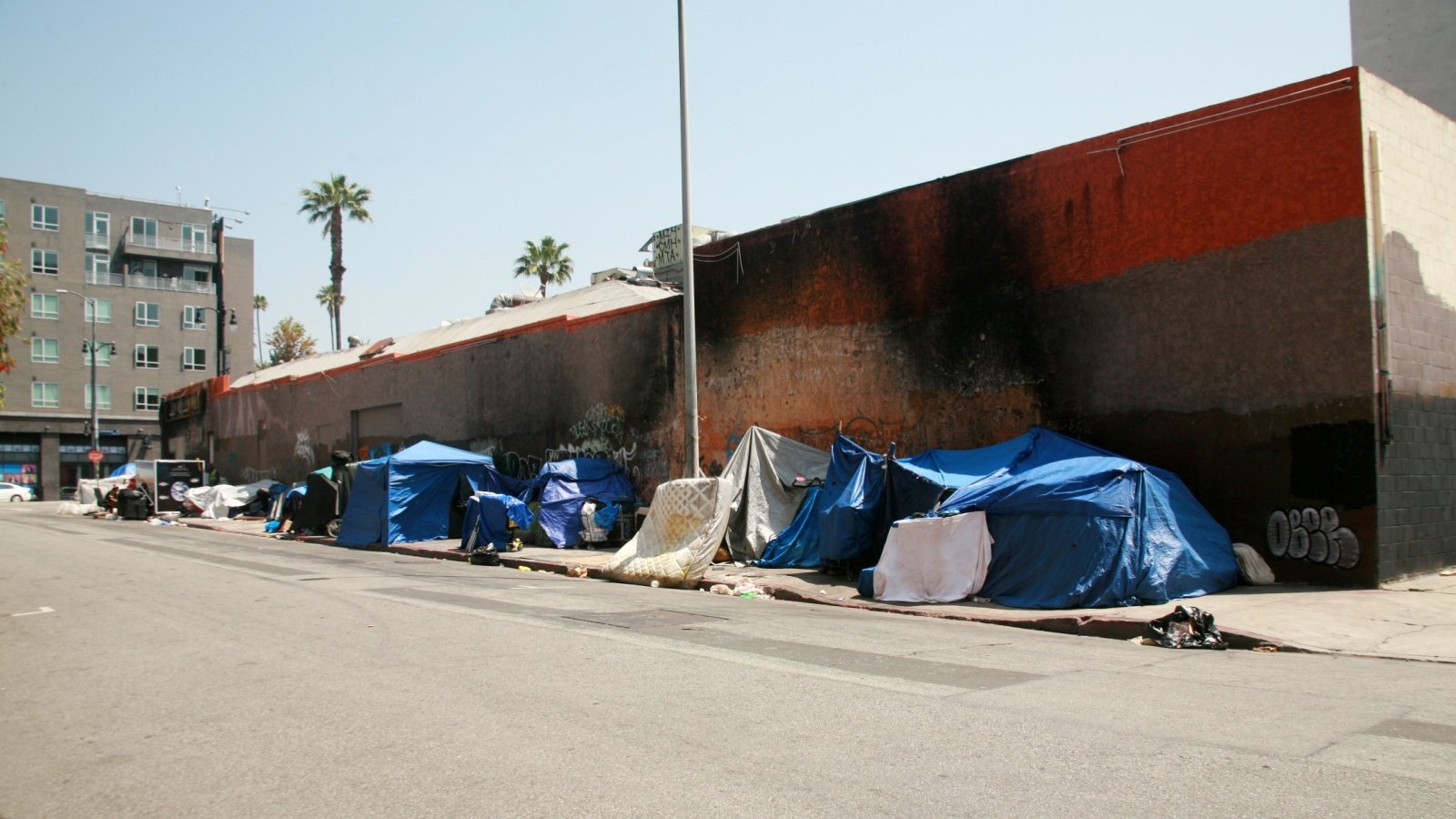As U.S. colleges face mounting financial pressures, institutions like St. Cloud State University are making drastic cuts, eliminating dozens of programs and leaving students scrambling to salvage their education plans.
With enrollment numbers plummeting and budget deficits soaring, the ripple effects are disrupting lives and careers across campuses nationwide. The crisis is not just about balancing the books—it’s upending the futures of countless students and faculty.
A Dream Derailed

Christina Westman had her sights set on a career as a music therapist, focusing on Parkinson’s disease and stroke patients, when she enrolled at St. Cloud State University. Her aspirations were abruptly interrupted when the university announced the elimination of its music department, alongside 42 degree programs and 50 minors.
A Wave of Cuts Sweeps Through Colleges

St. Cloud State’s decision is part of a broader trend of program cuts sweeping U.S. colleges, both large and small, as they struggle to balance their budgets. The financial pressures include the end of federal COVID relief funds, rising operational costs, and a decline in high school graduates heading directly to college.
The Impact on Students

These cuts go beyond mere budgetary adjustments, as they often create significant disruption for students who chose their schools based on specific programs. Many of these students are left scrambling after having already committed financially through tuition payments or student loans.
Navigating Uncertainty

For Westman, the sudden shift has been particularly stressful, leading her to transfer to Augsburg University in Minneapolis. She’s been grappling with the uncertainty of her future while managing the logistics of relocating and finding work in a new city.
Timing of the Transition

At St. Cloud State, most students will be able to complete their degrees before the cuts take effect. However, Westman’s situation is unique; her music therapy major hadn’t officially launched, leaving her scrambling to find a new path in a new city.
Colleges Hold Out Hope

Many colleges, like St. Cloud State, had delayed making cuts in the hope that enrollment numbers would rebound to pre-pandemic levels. Federal relief funds had temporarily shored up budgets, but the lingering decline in student numbers has forced schools to confront the new financial reality.
Enrollment Trends Show Uneven Recovery

While community colleges have seen some recovery in enrollment, the situation remains grim for many four-year institutions. The declining pool of young adults, exacerbated by lower birth rates during the Great Recession, adds to the challenges these colleges face.
A Shrinking Pool of Students

The drop in birth rates from the Great Recession has led to smaller high school graduating classes, reducing the number of students entering college. This demographic shift presents a significant challenge for higher education institutions as they struggle to attract enough students to sustain their operations.
Financial Aid Overhaul Adds to Uncertainty

The federal government’s chaotic revamp of the financial aid application process has left millions of students uncertain about their college plans and how they will finance their education. As jobs remain plentiful, though slightly less so than last year, there are concerns that some students may opt out of enrolling altogether.
Colleges Brace for Enrollment Shortfalls

Katharine Meyer, a fellow at the Brookings Institution’s Brown Center on Education Policy, warns that many colleges are worried they won’t hit their enrollment targets this fall. The anxiety stems from declining student numbers and dwindling budget reserves, which have already forced institutions like St. Cloud State to make significant cuts.
St. Cloud State’s Financial Struggles

St. Cloud State University’s enrollment peaked at around 18,300 students in fall 2020 but dropped to approximately 10,000 by fall 2023. Despite the stabilization of student numbers, the university’s spending outpaced its reduced enrollment, leading to a $32 million budget shortfall over two years and necessitating drastic program cuts.
Colleges Closing Their Doors

Some colleges have taken more extreme measures, shutting down entirely due to financial pressures. Institutions like Birmingham-Southern College in Alabama and Fontbonne University in Missouri have closed, reflecting the dire situation facing many small schools across the country.
Widespread Program Cuts

Program eliminations are becoming increasingly common, with universities across the U.S. slashing degree offerings in response to budget constraints. North Carolina’s public universities, Arkansas State University, and several campuses within the State University of New York system are among those that have reduced their academic programs.
Humanities and Small Programs at Risk

Experts believe the trend of cuts is only beginning, with many colleges reassessing their degree offerings, particularly in smaller and humanities programs. At Pennsylvania State University, officials are reviewing duplicative and under-enrolled programs as student numbers decline on branch campuses.
The Human Cost of Program Cuts

The impact of these cuts is profound, especially for faculty, staff, and students in affected programs. Bryan Alexander, a senior scholar at Georgetown University, questions whether colleges can achieve sustainability through such reductions, highlighting the devastating effects on those involved.
Music Programs Face an Uphill Battle

The pandemic hit music programs hard, with online instruction proving ineffective, and now, cuts are compounding the problem. For retired St. Cloud State music professor Terry Vermillion, the loss of in-person music education during the pandemic created a gap that schools are only beginning to recover from, just as budget cuts strike.
Uncertainty for Music Majors

For St. Cloud State music majors like Lilly Rhodes, the phase-out of the program brings a deep sense of uncertainty. With no new students entering the department and professors seeking other opportunities, the future of music ensembles at the university looks increasingly bleak.








